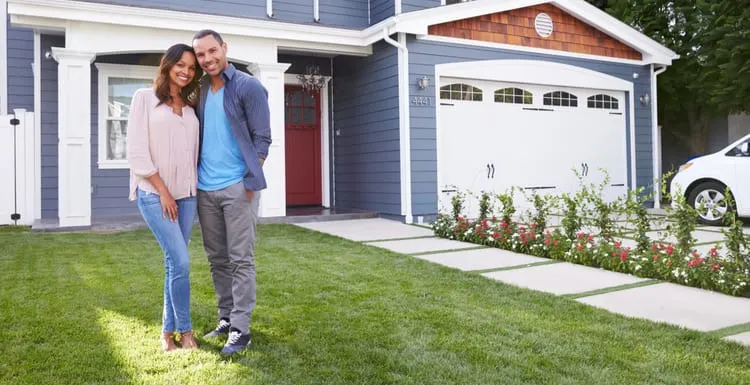If you’re wondering how to buy a house, you came to the right place.
While the home buying process can be overwhelming, this article seeks to reduce your stress by laying out exactly what it takes.
How to Buy a House in 10 Easy Steps
In 2018, more than 79 million homes in America were occupied by their owners, according to the number crunchers at Statista. If that many other people can do it, you will likely buy a house too.
Buying a home is a big decision. It’s also a complicated process. You can easily spend several months and have to make lots of decisions and jump lots of hurdles before pocketing the key to your new home.
How to Buy a House in 11 Steps:
- Decide If You’re Ready to Buy a House
- Calculate How Much House You Can Afford
- Save up for a Down Payment
- Get Pre-approved Through Your Lender
- Find a Real Estate Agent
- Search for a Home
- Make an Offer
- Order a Home Inspection
- Negotiate Repairs and Credits
- Do a Final Walkthrough
- Close on Your New House
This sounds easy, but there’s a little more too it than that. Fortunately for you, we make understanding the process easy with our guide on how to buy a house. Read on to learn everything you need to know.
1. Rate Your Readiness

TarikVision/Shutterstock
Homeownership may be the American Dream, but it’s not for every American. Before you do anything else, see how you measure up on these four benchmarks of homebuyer readiness.
Credit Score
Start by checking your credit score. You need a score of at least 600 to get a home loan at a reasonable interest rate without making a large down payment.
If your score is lower, you may consider waiting while you try to improve your credit score. The free annual credit report every consumer is entitled to does not include your credit score.
Your credit card company may be able to give you a free credit score. You can also buy a credit report from FICO, the company that calculates the most scores.
Job History
Having a steady job is a must. You need to document all the places you’ve worked for the last two years with W-2 forms or paycheck stubs.
You normally can include self-employed and part-time work if you can show you have held the part-time position or been self-employed for two years
Debt-to-Income Ratio
Your debt-to-income ratio, or DTI, holds the key to homeownership. To calculate DTI, add up your monthly debt payments.
Include housing costs, credit card minimum payments, auto loan payments, student loan payments, and court-ordered child support.
Now divide that total by your gross monthly income. Multiply the result by 100. This figure should be no higher than 43, meaning you spend no more than 43 percent of your gross income on debt payments.
Here’s a breakdown of an example DTI calculation:
- All your monthly payments add up to $2,000.
- Your gross income is $5,000
- Dividing 2,000 by 5,000 gives 0.4
- Multiplying 0.4 by 100 gives 40
- Your DTI is 40 percent—probably good enough to get a home loan
Down Payment
Coming up with the down payment is often the biggest holdup to homeownership. Conventional lenders may want you to put down 20 percent of the home price. For a typical home priced at $240,000, a 20 percent down payment comes to $48,000.
Many homes are purchased with lower down payments, however. If your loan is backed by the Federal Housing Administration (FHA), for instance, you may be able to buy a house with just 3.5 percent down.
For that $240,000 home, 3.5 percent down is just $8,400. FHA and some similar low-down conventional loan programs make homebuying possible for many more people.
Also, if you’re a veteran, you may be able to take advantage of the VA Home Loan Program. This federal homebuying program lets vets buy with no money down.
A program from the U.S. Department of Agriculture offers the same zero-down home buying opportunity for people buying in eligible rural areas.
You don’t necessarily have to save up the whole down payment. In fact, you may be able to use a gift from a family member or someone else. However, bear in mind that you’ll need to pay PMI for anything less than 20% down.
You might also negotiate with the seller to pay some or all of the closing costs. That could free up cash for you to put down.
Not even sure you’ll qualify for a home loan? Rent to own homes may be a good option to explore.
2. Calculate Your Payment
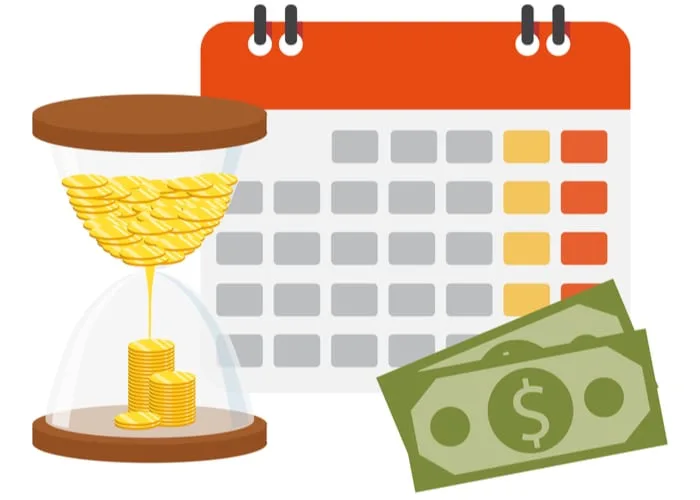
Juliasart/Shutterstock
Qualifying for a loan is one thing. Being able to comfortably afford it may be another So get a good idea of what your mortgage payment is likely to be before you get too far into the home-buying process.
The quickest way to do this is by using one of the online payment calculators.
To accurately estimate your monthly payment, be sure to include property taxes and insurance as well as mortgage insurance. Ask your agent about local property tax rates and homeowner’s insurance rates.
3. Pick a Home Loan
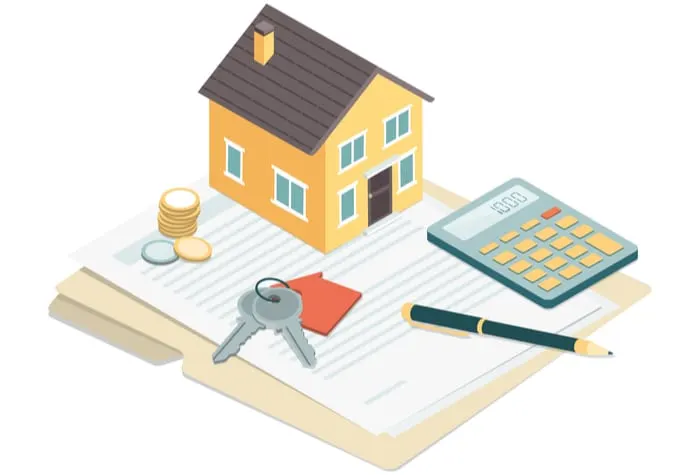
Elenabsl/Shutterstock
You have lots of choices when it comes to where you’ll borrow the money to buy your home. You also have lots of different types of mortgages to choose from. Here are some sources for home loans:
- Banks: Your bank or almost any other chartered financial institution
- Credit unions: Yes, they offer mortgages. Read our guide on how to save money using these institutions!
- Online Mortgage Lenders: Quicken Loans or SoFi
- In-house Mortgage Company: Planet Home Lending or Regions Mortgage.
- Private lenders: a Family member or friend who’ll loan you the money
Loan Terms
Mortgages come in a wide variety of types. For instance, you can get a mortgage that calls for you to pay back the loan over different lengths of time. The most common mortgage term is 30 years.
But 15-year mortgages are also popular. You can also use other terms. The shortest mortgages are normally for five years.
The longest can be up to 40 years. Mortgages may also differ in the way the interest rate is set. There are two main types. Fixed-rate mortgages have the same interest rate for the life of the mortgage.
Fixed Rates
Most borrowers choose fixed-rate mortgages. One advantage of a fixed-rate mortgage is that the payment for principal and interest, which is the biggest part of the payment, always stays the same.
Adjustable Rates
The other main type, adjustable-rate mortgages, has an interest rate that can change. Often, the rate will stay the same for the first one to five years. After that, it will be adjusted annually based on the current market rates.
With an adjustable-rate mortgage, borrowers often get a lower interest rate to begin with. Later, however, the interest portion of the payment may go up or down, depending on market conditions.
Many of these loans often include balloon provisions, meaning they are due at the end of the initial loan period.
Government-Backed
Mortgages can also be divided into those that are backed by the government and those that aren’t. FHA, VA, and USDA loans are all government-insured. Loans that aren’t government-insured are known as conventional loans.
Government-backed loans generally let buyers make smaller down payments. Buyers may also get lower interest rates. That can reduce the monthly payment amount.
Mortgage Insurance
However, government-backed programs like FHA also require borrowers to pay for mortgage insurance. That can increase the monthly payment significantly.
4. Get Pre-Approved
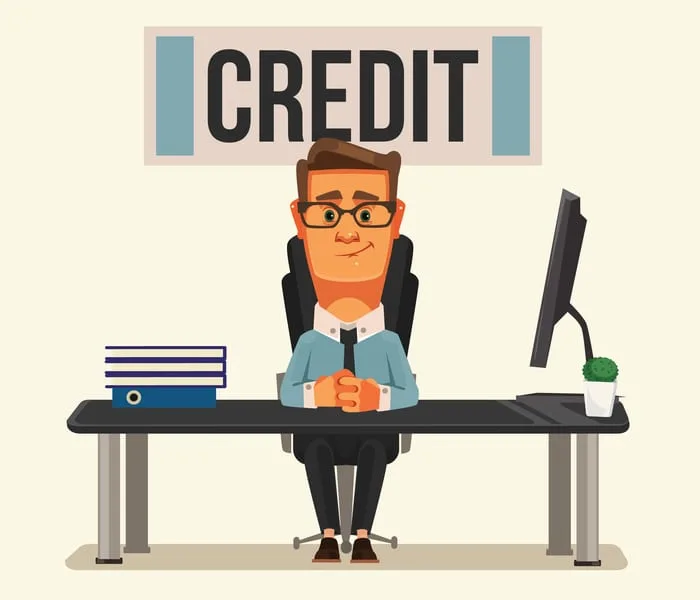
Pretty Vectors/Shutterstock
After you’ve given some thought to the type of mortgage you want, it’s time to get pre-approved for your loan. Pre-approval is a mortgage lender’s sign of willingness to loan you the money you need to buy a home.
Pre-approval is not the same as being approved for a loan. But you’ll need to be pre-approved before you can decide on the price range of the homes you look at.
Your lender will signal approval by giving you a pre-approval letter. It will tell you how much money you are likely to be able to borrow. Again, it’s not a promise to loan you that much money. It’s just an indication that you will probably be able to get the loan.
The lender will look at your credit report and your employment and income verification before giving you a pre-approval letter.
5. Choose a Real Estate Agent

Robuart/Shutterstock
After you have the pre-approval letter, go shopping for a real estate agent. Many agents won’t take you on as a client until you are pre-approved for a loan.
So even if you have identified the agent you’ll use, you will probably have to wait until you get the letter to make it official.
Open Your Rolodex
Personal referrals are one of the most common ways to find a real estate agent. If someone you know has worked with a particular agent and recommends that agent, it’s a good sign.
Look Around
You may also find an agent by looking at yard signs or by meeting one at an open house. No matter where you find an agent possibility, it’s best to check references and online reviews to see how past clients have felt about the agent.
Once you’ve selected, interviewed, and checked references and reviews, your agent will ask you to sign an agreement that the agent will represent your interests in finding and negotiating for a house.
Sign an Agency Agreement
Note that the buyer’s agreement you’ll sign is different from the listing agreement that sellers sign with their agents.
The big difference is that the seller agrees to pay the commission, typically 6 percent of the house sale price. As a result, the seller is paying your agent while he or she is working for you.
6. Find Your House

Zentangle/Shutterstock
It’s finally time for the most enjoyable part: actually looking for and finding your dream home. Start by drawing up a list of features you want.
Choose Features
Typically, people start with big concerns, such as the number of bedrooms and bathrooms. Other issues may be whether there is an enclosed garage, whether there is a pool, and the age of the home.
Location is also a big concern. Buyers often want homes that are close to schools, work, and shopping.
Look Around
Your agent will help you find suitable homes by looking at homes for sale on the local Multiple Listing Service (MLS).
You may also find homes by driving around neighborhoods you’re interested in and looking for “For Sale By Owner” properties that aren’t in the MLS.
Online listing sites like Zillow and Realtor.com can also help you locate a desirable house.
Other Options
In fact, there are many other options available in the digital age. iBuyers are streamlining the home sales process, often with more flexibility than by using an agent.
Additionally, good realtors may be able to save you time and money by using a pocket listing. After you find a home (regardless of method), your agent can contact the seller or the seller’s agent for you to arrange for you to see the home.
7. Cut the Deal
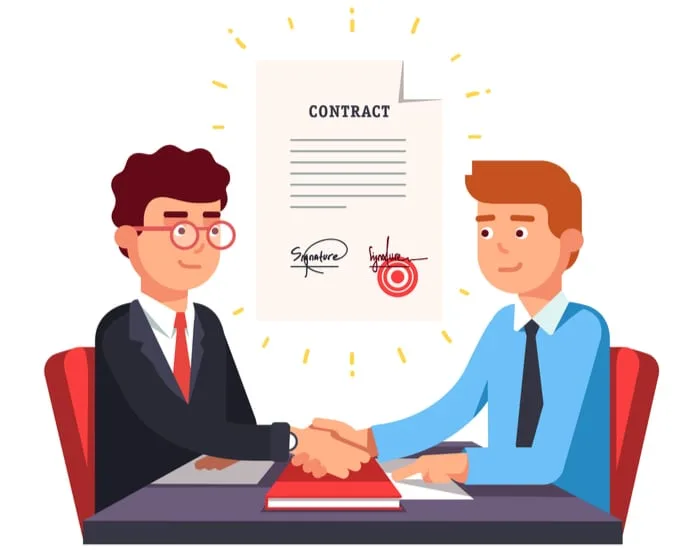
Iconic Bestiary/Shutterstock
Once you’ve found a home that looks like the one you want to buy, it’s time to start asking questions.
You’ll want to know why the owner is selling, whether there are any major problems with the home, and what is included in the sale.
Seller Disclosure
The seller will provide you with a seller’s disclosure that is supposed to identify any problems with the home. The listing will also often specify what, such as appliances, is included in the sale.
Make an Offer
After you’ve gotten satisfactory answers, you may want to craft an offer. This is actually a contract.
It sets out the price you are willing to pay and requires you to put up a deposit known as earnest money that you may forfeit if the seller accepts your offer and you change your mind.
Ask for Concessions
In addition to offering the price you feel comfortable with, you can add requirements such as that your purchase price will include appliances, fixtures, décor, etc.
You can make the deal contingent on the seller having certain repairs made. Sellers often respond to offers by making counteroffers. Your agent can help you with this negotiating process.
8. Order a Property Inspection
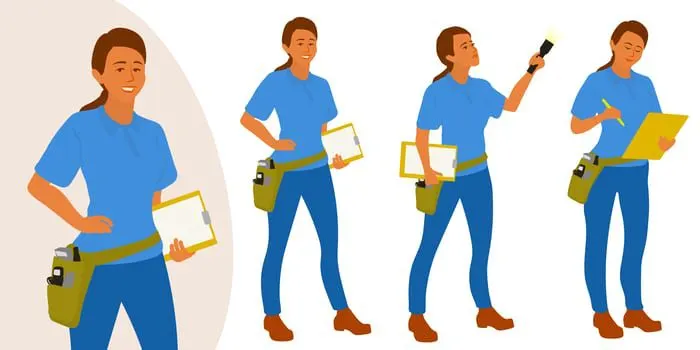
Ulmi/Shutterstock
Once you and the seller have reached an agreement, the seller will accept your offer.
It is now time for you to request a home inspection and have a qualified appraiser estimate the home’s value.
We highly suggest also adding a termite inspection to your agenda, as these little buggers can cause immeasurable damage.
Offers ordinarily include a set period of time, such as a week or two, during which these activities are to be completed.
Until the end of that option time, you can change your mind about your offer and expect a return of your earnest money.
Once the option period expires and you’ve completed the inspection and, if necessary, negotiated for additional repairs by the seller, you have just bought yourself a house.
Tip: There are plenty of options for home inspections. Save time by using a nationally recognized home inspection company.
9. Close on Your Home

Iconic Bestiary
Closing is the last step in the home-buying process. This is when you and the seller will go to the office of the company that is providing you with title insurance and sign many documents.
A typical closing requires signing scores of documents. For the down payment and any closing costs that the seller isn’t covering, you’ll also need to bring a cashier’s check.
At the end of this process, when you’ve signed everything and handed over the cashier’s checks, it will be time for your loan to be funded.
This usually takes just a couple of hours or less. You may go out to lunch and then return to the title office.
When your loan is funded, you’ll get the keys and copies of the loan documents and be able to move into your new house.
10. Plan for Repairs
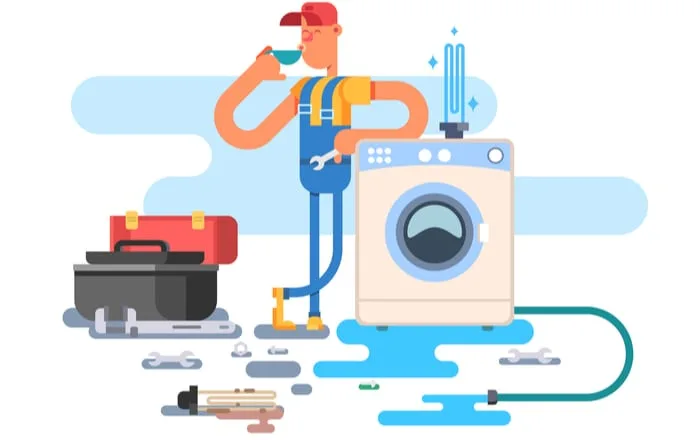
Kit8.com/Shutterstock
Once you’ve received keys, you’re not quite out of the woods. Yes, you do own your home. But this means you’ll be responsible for repairs. These can be expensive, and by Murphy’s Law, they will happen at the worst time possible.
We suggest putting aside an amount equal to 10%–15% of your mortgage payment strictly for repairs. For example, the cost of a new A/C is usually at least $2,000, if not more.
You can’t usually finance these repairs, so you’ll want to have an “emergency fund” so you won’t endure undue stress. Another option is to buy a home warranty contract.
While different from an insurance policy, it offers peace of mind that your large repair is covered. Read our complete guide to home warranties to learn more.
In addition to making repairs, you’ll also need to do regular pest and weed control. Learn how customer service-oriented companies like TruGreen and Terminix can help. After all, you should be enjoying your home, not working on it.
11. Make the Home Your Own
After closing on your dream home, you’ll want to make it your own! Here are a few companies we recommend to save you the maximum amount of money:
- Blinds to Go offers a wide variety of high-quality window coverings at discount prices.
- Window World provides discount windows with industry-leading warranties and pricing.
- Costco sells a variety of home furnishings, patio furniture, and groceries. Check out the details of their membership in our complete guide.
So, Are You Ready to Buy a House?
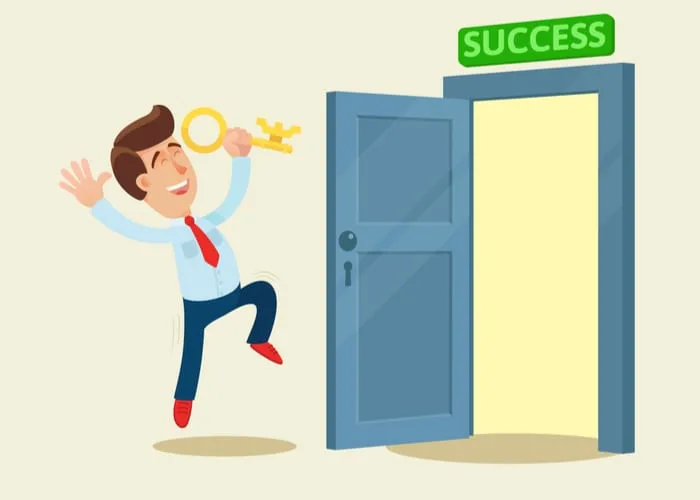
Vectorlab2d/Shutterstock
We hope you’ve learned something from our guide on how to buy a house.
Make sure to check out our other complete guides to make you as prepared as possible for your home buying process!

